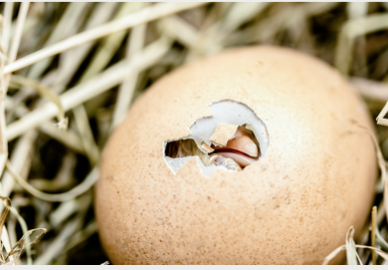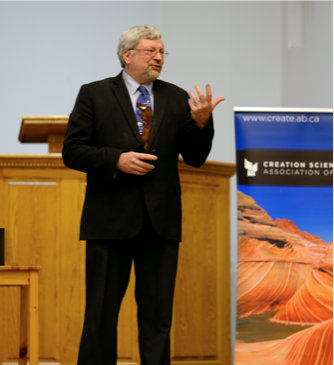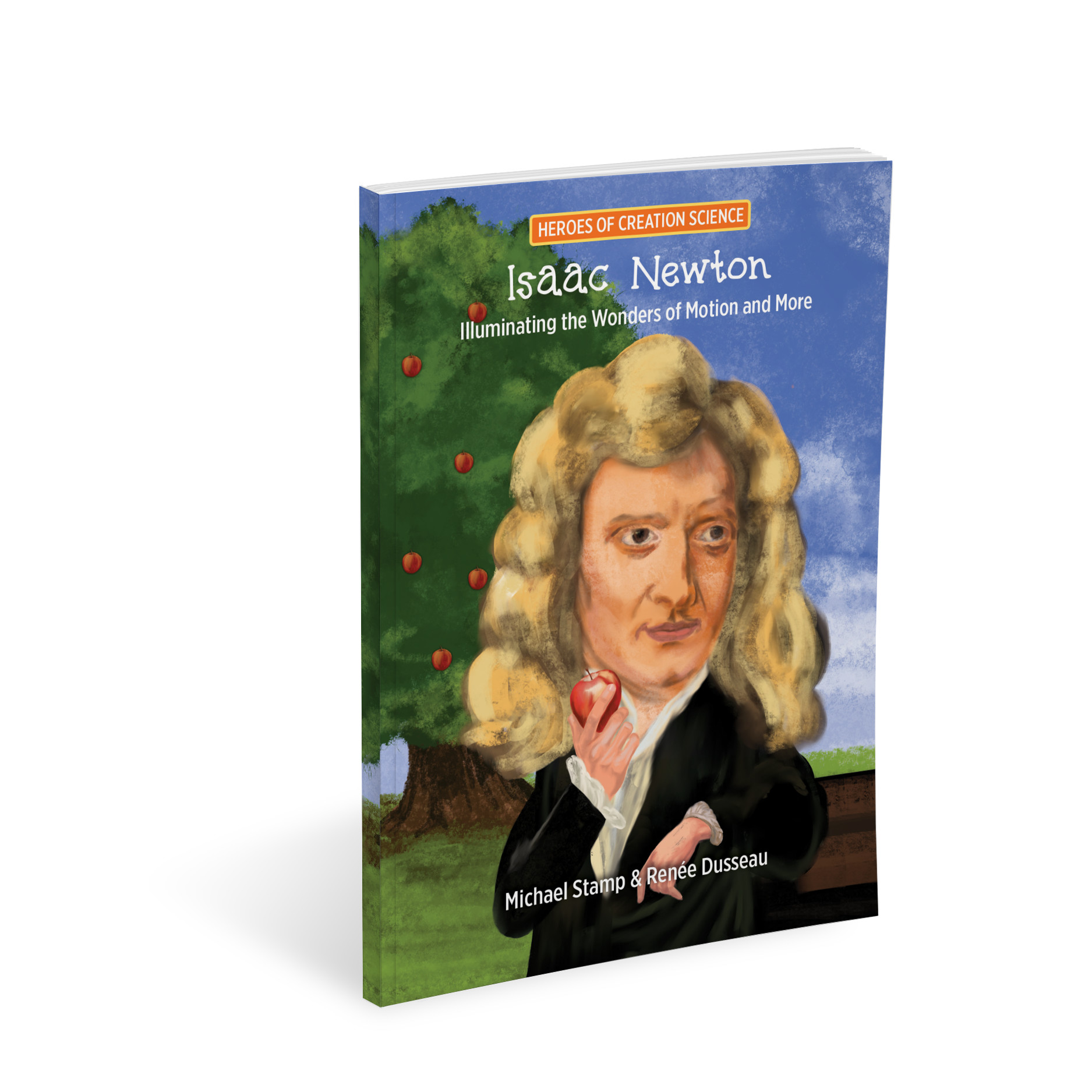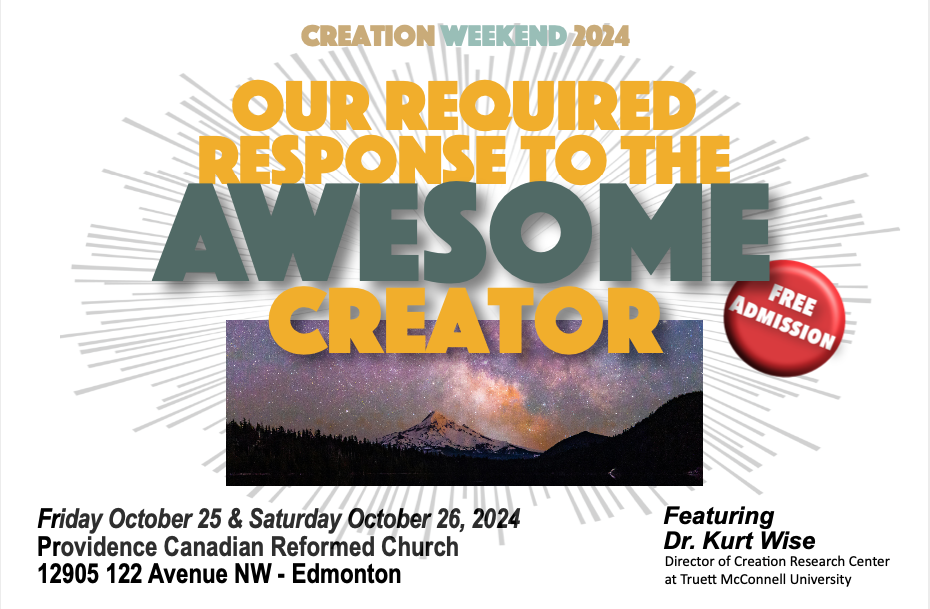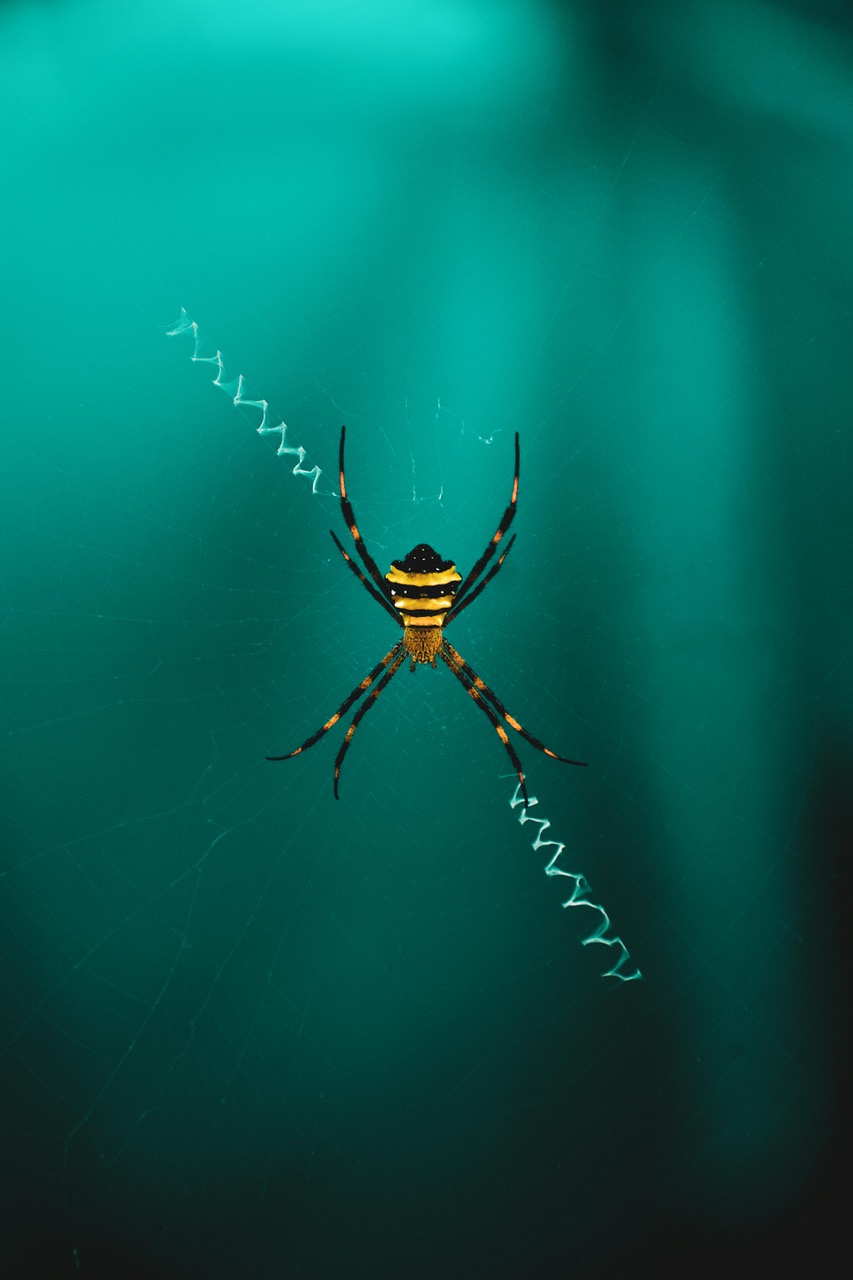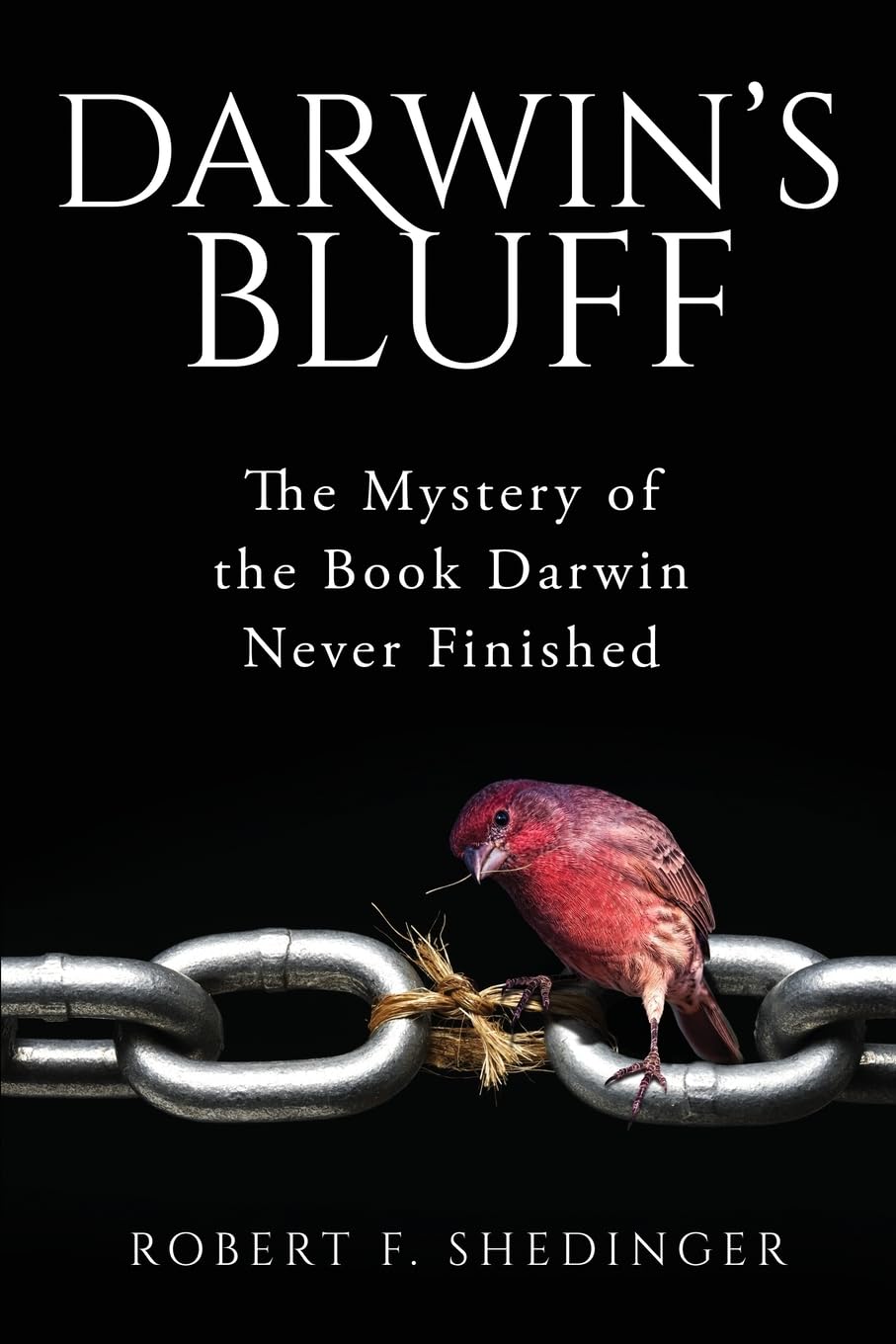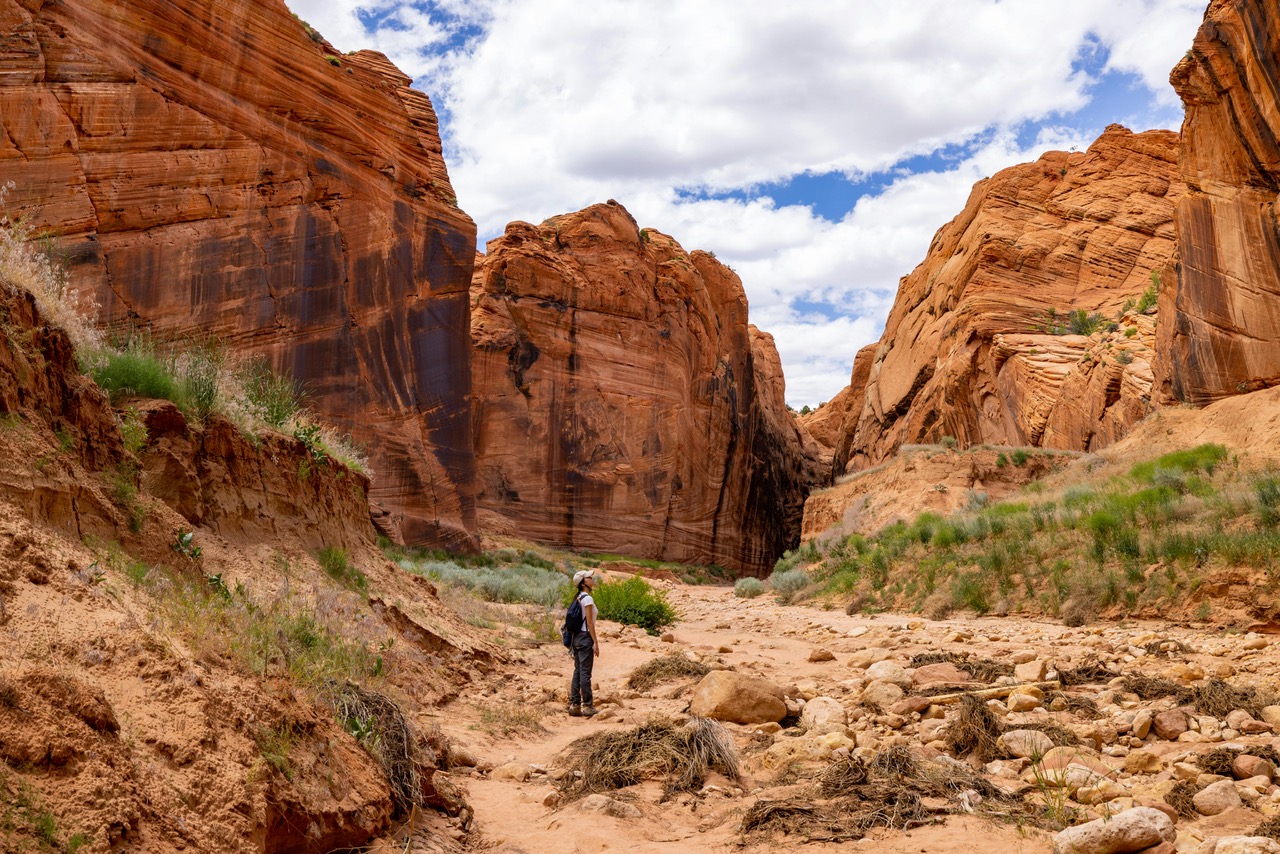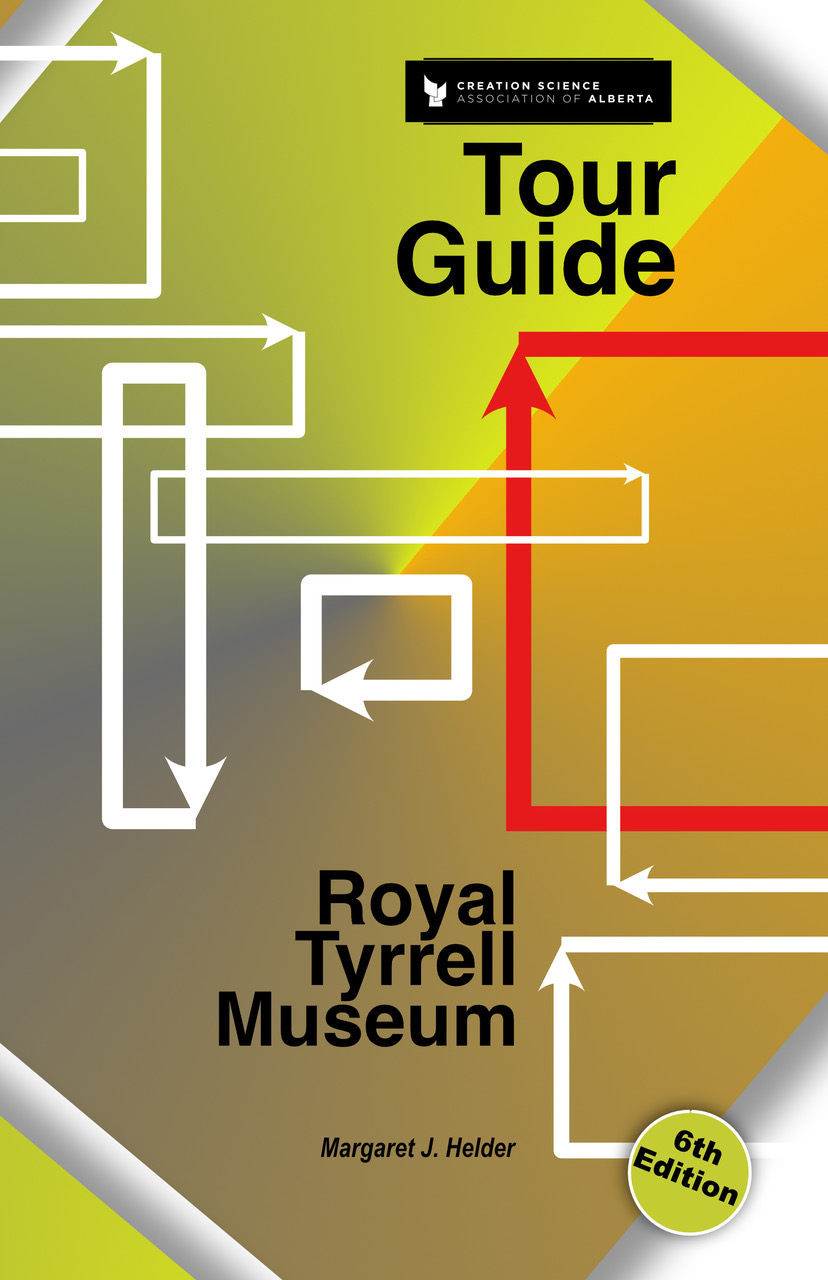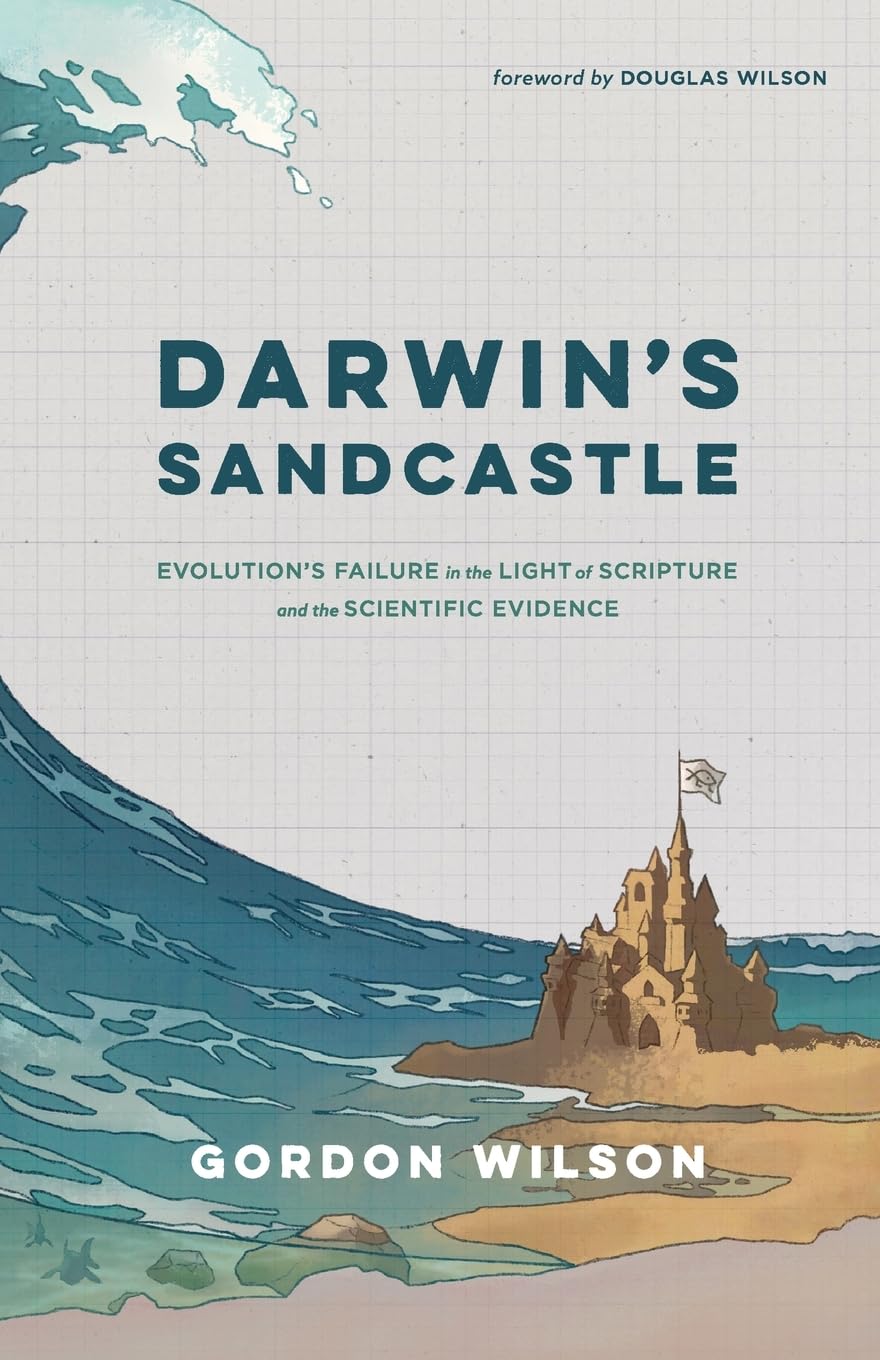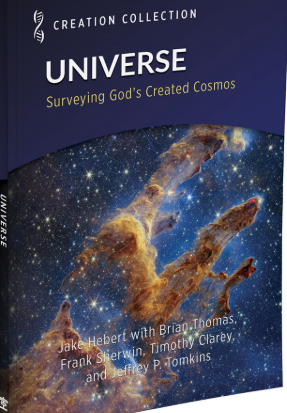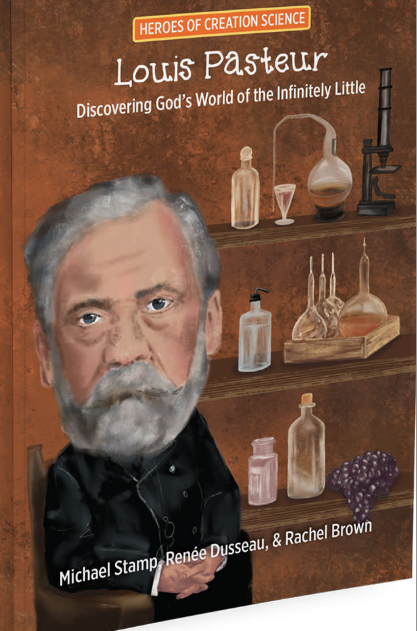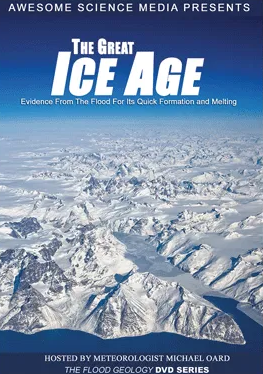Archive
From time to time, CSAA adds relevant new discussions to HeadStart, our amazing information resource (headstart.create.ab.ca). While many online discussions provide definitions and current views on an issue, HeadStart typically provides the history of how this science-related discipline came to be developed and what that means for us today. For example, within the past year we have added new topics related to dinosaurs and fossils, all written at the introductory level. All these items are posted under the Investigate Further banner. These topics include dinosaurs; extinct Alberta creatures (marine reptiles); record in sedimentary rock; geological column; and fossils.
Read the rest of this entry »Sugar gliders look like chipmunks, glide like flying squirrels, and their young (called joeys like kangaroos), can live for several weeks after birth in their mother’s pouch like opossums, and amazingly they belong in the same family as kangaroos. No wonder their origin has stymied evolutionists. The three types of gliders are so different that evolutionists propose that they “evolved at least three times independently in closely related glider species, including sugar gliders. But the question lingers as to how it evolved.” [i]
Read the rest of this entry »When I started university, I worked as an administrative assistant for an oil and gas laboratory company. Originally, I thought I would focus on chemistry. The university didn’t have a chemistry major in their science programs, so I enrolled in the general science degree program. Later, as a full-time student, I decided to explore other fields of science and became fascinated with astronomy, but God had other plans. It took a while for me to admit that math and physics are not my strongest subjects. Geology, on the other hand, was easy for me. Halfway through my degree, I decided I like rocks!
Read the rest of this entry »A chicken egg appears to be a simple structure consisting of a hard shell enclosing the egg white with a yellow yolk at the centre. In fact, it is an exceedingly complex structure described as a “miracle of engineering.” Other accolades for the egg include “Nature’s Perfect Package” (1) and “Life’s Perfect Invention… nature’s most perfect life support system.” (2) David Attenborough in his documentary revealed the wonder behind what he calls these “incredible miracles of nature.”
Read the rest of this entry »The people who came to Creation Weekend, October 25 and 26, 2024 were greatly impressed by Dr. Kurt Wise’s passion, depth of information and quality of his arguments. His topics ranged firstly from the nature of dinosaur fossils and what these tell us about their lives and fate, and secondly to God’s dealing with His Creation and how this impacts our estimates of the age of the universe, and thirdly how Christians can interact with our modern society. Specifically we have no need to introduce the reality of God to anyone because everyone actually already perceives the existence of the Creator of Heaven and Earth, whether they admit it or not.
Read the rest of this entry »The common perception of the Arctic is that it is a frozen, uninhabited wasteland. Truthfully, most of it is. Evolutionists claim it has been like this for millions of years but that there is evidence that it was warmer and wetter in the past. In 1985, Paul Tudge of the Geological Survey of Canada spotted tree stumps on the Canadian Arctic island of Axel Heiberg while conducting a helicopter survey. A year later, a team of geologists, paleobotanists, and graduate students returned and found enormous tree stumps they interpreted as being still rooted in the soil they grew in (Basinger, 1987).
Read the rest of this entry »Are your kids, grandkids, or friends looking for a new book to read? Well, this book will do. It is great for all ages and is written from a creationist point of view.
Many will enjoy this book, for many reasons. One great thing about this book is that it has many photos, illustrations and little fun facts along the way. This helps the book be more interesting, for your younger readers. Plus, with the chapter breaks, and topic sections, you can easily read as small or as large sections as you want. As well as being written in an easy to understand way, it is also very engaging for your older kids. With many facts most people don’t know, all kids will enjoy the read.
Read the rest of this entry » Order OnlineFor many years, in sponsoring Creation Weekend, our local association (CSAA or Creation Science Association of Alberta) has provided inspiration and information to audiences of all ages. The benefit from these weekends is training on how to be informed and enthusiastic, able to enjoy the insights that we hear, and to share those with others.
Read the rest of this entry »Many people are afraid of spiders, but they are excellent examples of God’s engineering design in nature, especially in the production and use of their silk. Spider silk starts as a “liquid crystal”—a highly concentrated water-based solution containing rod-shaped molecules. This means it both flows like a liquid and has its molecules oriented and ordered like a crystal. The silk solution is produced and stored in a group of silk glands until it is drawn out through the silk ducts for use. Evolutionists cannot decide whether the liquid crystal structure is an “accident of Nature” or a necessary requirement, but they think it may help to control crystallization. If the silk crystallized prematurely, it would block the ducts and kill the spider. (De Luca & Rey) Creationists would call it a design feature.
Read the rest of this entry »Book Review –
Darwin’s Bluff: The Mystery of the Book Darwin Never Finished
Reviewed by Margaret Helder
A project which has produced a delightful read on Darwin’s life, views and impact, began many years ago when an undergraduate student, out of curiosity, dipped into a new volume in his university library. This volume was the first in a lengthy series from Cambridge University Press. These volumes contained the correspondence, both to and from, of Charles Darwin. Thus hooked on these communications, Robert Shedinger, who was majoring in a general arts degree, began a 40 years long research project on Charles Darwin’s thoughts and actions. Astonished by what he found, Robert Shedinger now shares the results of his research. His book, Darwin’s Bluff, can’t fail to interest everyone.
Read the rest of this entry »Suppose you were to discover something new, maybe a piece of art, or a delicious dessert, a new book, a piece of furniture or even a building. One of the first things you might want to know is, who made it? It has been ever thus. Even ancient peoples noticed and made observations concerning what they saw around them. And they reflected on these issues. They studied the motions of the stars (and planets), the seasons and weather, and even plants and animals. For example, the prophet Isaiah wrote concerning God: “I made the earth and created man on it, it was my hands that stretched out the heavens, and I commanded all their host.” Other ancient peoples attributed natural phenomoena to terrible pagan gods, never to the one true and benevolent God. For example in Psalm 96: 5-6 we read “For all the gods of the peoples are worthless idols, but the Lord made the heavens. Splendor and majesty are before him; strength and beauty are in his sanctuary.”
Read the rest of this entry »Now that the sixth edition of the Tour Guide to the Royall Tyrrell Museum has been published, readers have asked for some additional features. In response, we have produced a list of suggestions for ways to enhance one’s use of the guide. In addition, CSAA has prepared a custom map that identifies the location of certain specimens highlighted in the Tour Guide. As a result of recent changes to the floor plan in the museum, it is helpful to better understand how to find various displays. If you have already purchased tour guides, and wish for these new free features, simply let us know by email (books@create.ab.ca) or snail mail. From now on, those who purchase the Tour Guide, will automatically receive these two pages along with the booklet.
Paperback / $6.00 / 55 Pages
Shipping for one copy: $2.00
Our Required Response to the Awesome Creator!
Featuring: Dr. Kurt Wise, Director of Creation Research Center, Truett McConnell University, Cleveland, Georgia
Session 1 – Dinosaurs: Insight into Biblical History
Friday evening:
October 25, 2024, 8:00 p.m.
(excellent for youth and families)
Learn how dinosaurs’ designs teach us something about God’s nature, how the fossils of dinosaurs teach us about sin and its consequences in judgement, and the legends of dinosaurs teach us how people still need God’s love and salvation.
Book Review by Margaret Helder
Dr. Gordon Wilson has written a nice new book, Darwin’s Sandcastle, for Christians who are not scientists but who desire to be informed, but not burdened with details concerning science and origins. Such people understand that they need to keep mentally alert concerning their worldview. This means not shutting themselves off from important topics like the foundations of Christian doctrine and history. The objective of many Christians therefore is to share their worldview with others and not become bowled over by contrary views. While most people do not specialize in science, they can at least familiarize themselves with the basic issues.
Read the rest of this entry » Order OnlineThere is a reason why people walk down the street with their eyes glued to their cell phones. They want to find out the latest news! It is indeed true that everyone is curious and likes a good story, and especially the ending to a good story. Many stories however actually are never ending. They may start in a very simple fashion, but as time goes on, the details become more and more complicated.
Many stories or interpretations in science, for example, are like this. At first the idea is straightforward, but as more studies are conducted, the story becomes more difficult to follow. Consider, for example, Darwin’s proposals about evolution. He observed that individuals in a population of organisms differed in various small details. He then argued that those individuals which were better endowed, would be the ones to leave more offspring. This was the simple story that Darwin developed to explain evolution. There were many people who did not think that this scenario of changing proportions of traits in the population could explain the appearance of new body plans. The process might explain why there were more big or small individuals (or whatever) in the population, but it could not explain the appearance of new body plans (such as insect or fish) which require a lot of new information compared to that found in other kinds of creature. But no matter, Darwin’s scenario became the basis for evolution theory in the years to come.
Read the rest of this entry »




